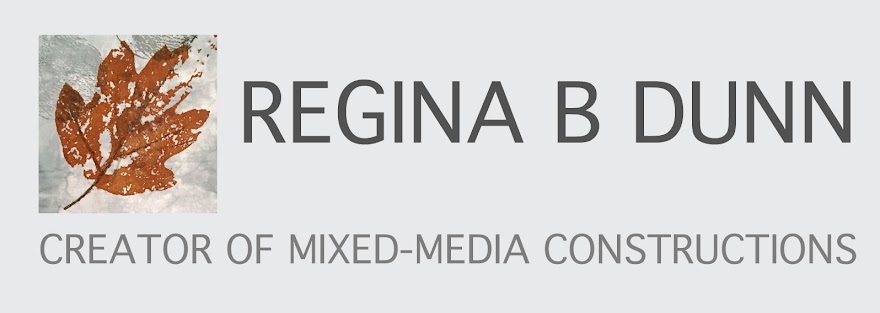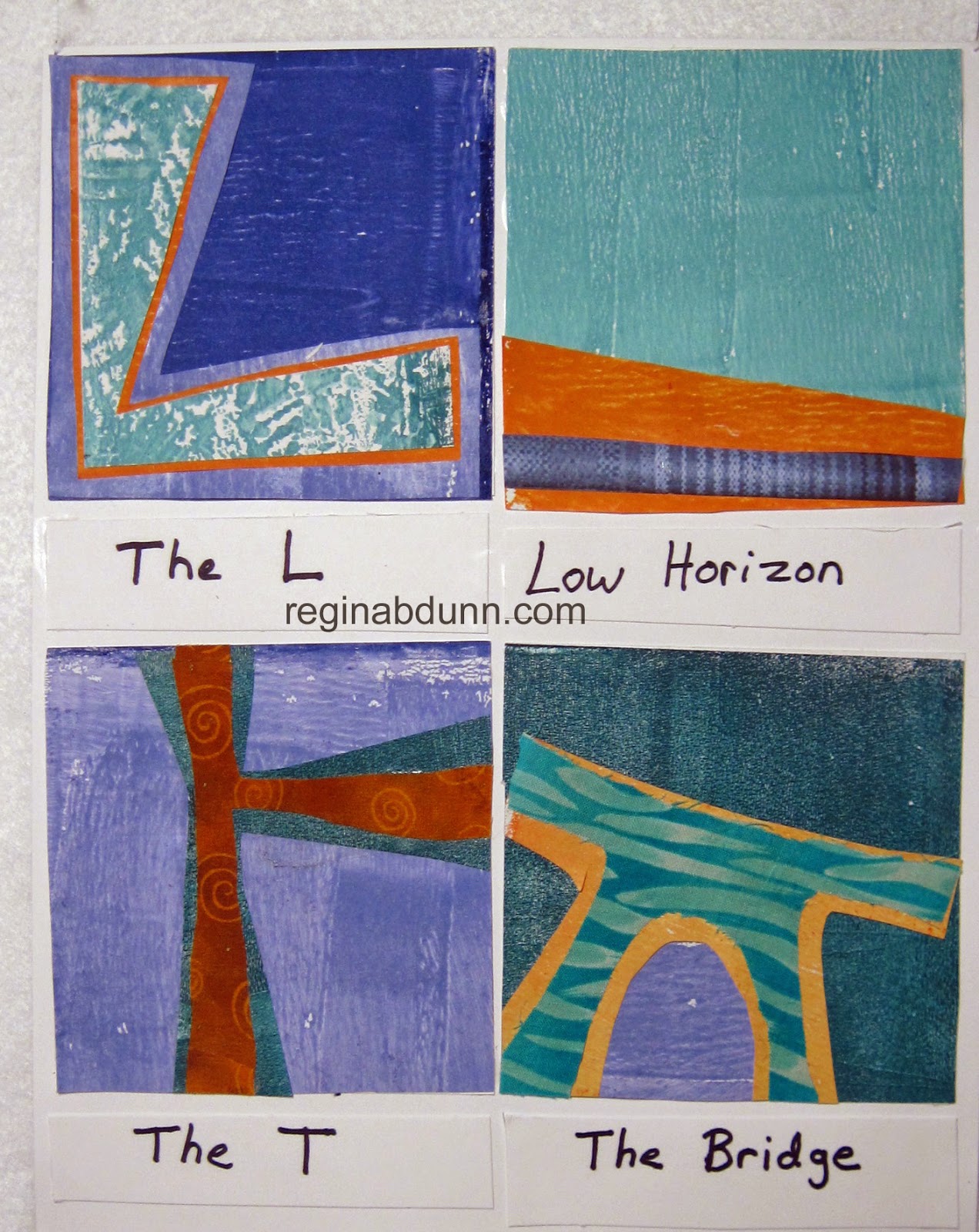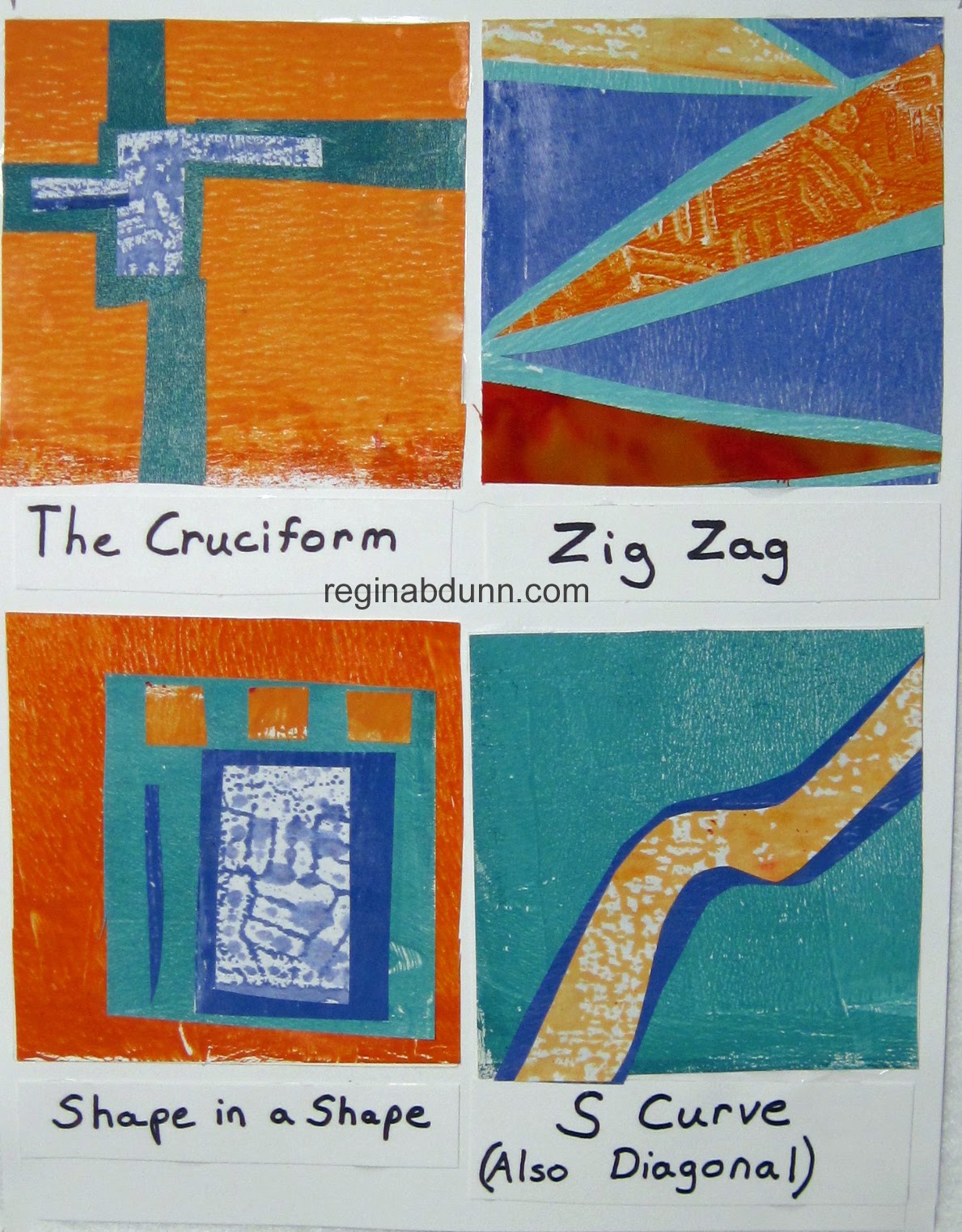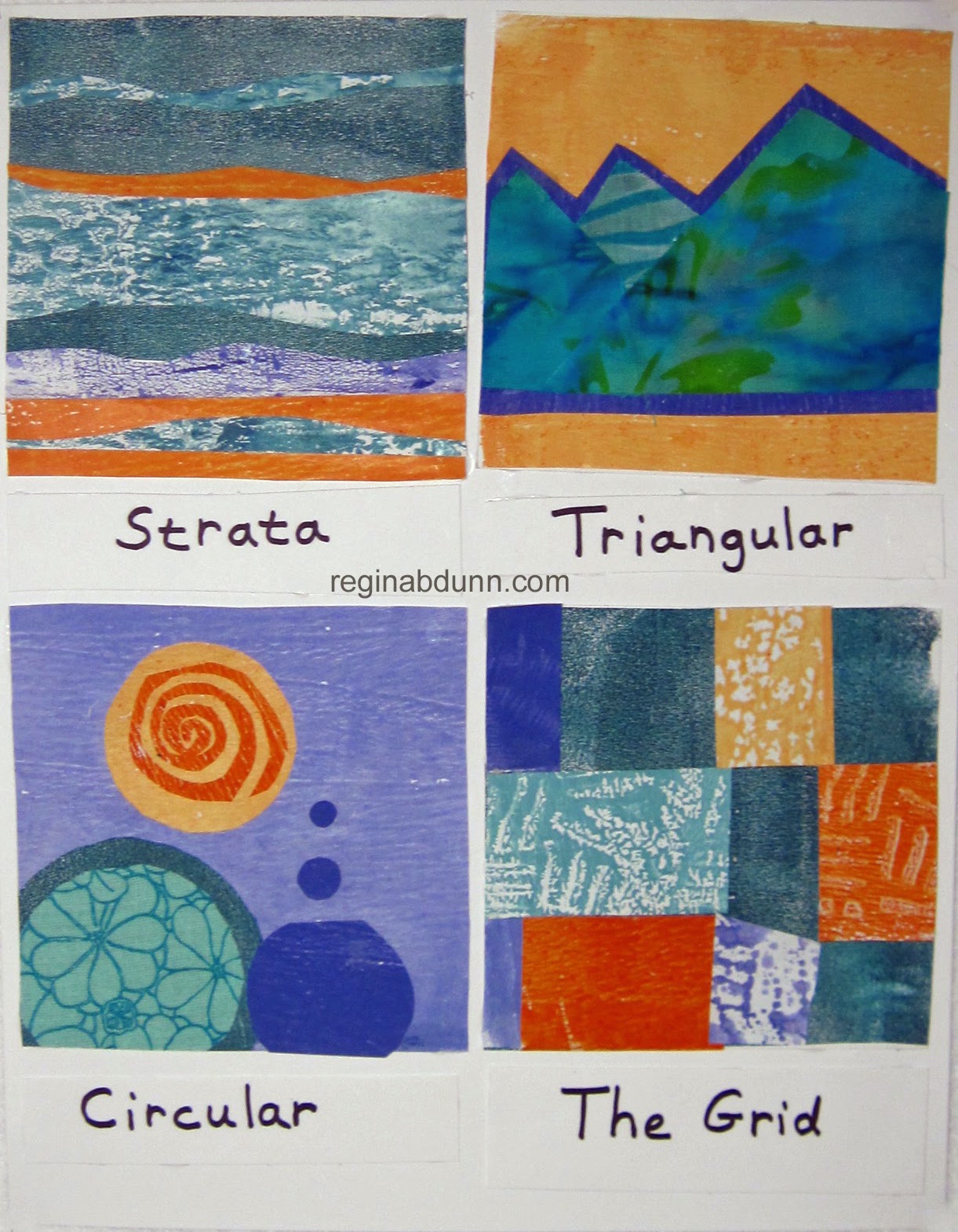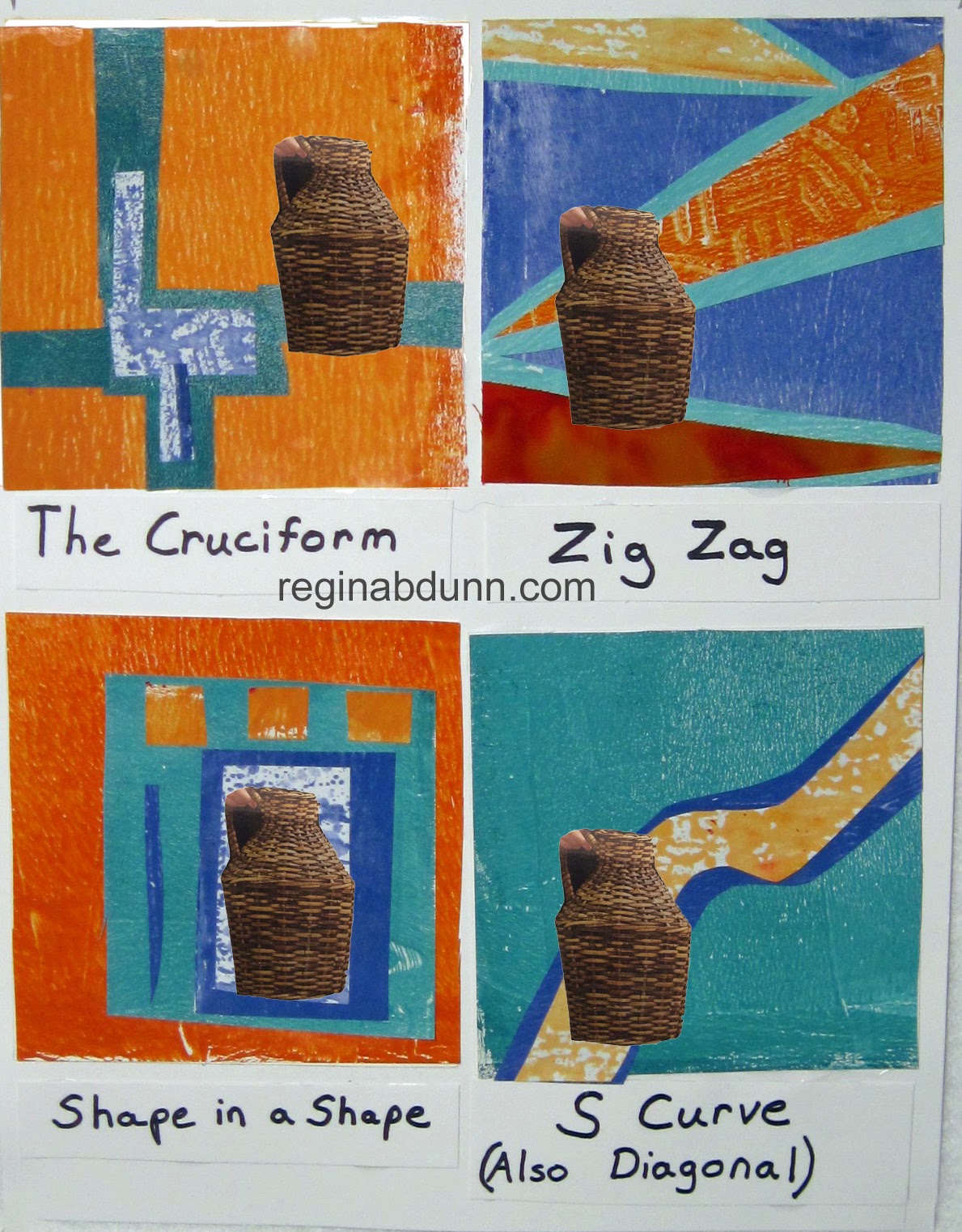How long should I keep on working on my watercolor sketches of my oil lamp? I asked myself that this week. I was starting to miss sewing and there isn't time to do everything. I decided to do a few more sketches because they are small (about 4x6) and quicker than pieces that I can sew. I want to improve my watercolor technique because I thought that would improve my painting technique on fabrics. Secondly, I want to free up and get more creative with ideas on ways to include the oil lamp in the sketches because that would help me come up with creative designs for my art quilts. And thirdly, I want more practice using the compositional background formats I learned in the class I took that I blogged about
here. All of these couldn't but help improve the composition of my art quilts. That's the plan anyway. (But I do now have plans for a series of art quilts and plan to start sewing some small samples this week.) They have nothing to do with oil lamps, though.
To keep on the creative side, I decided to put the lamp in places that a lamp wouldn't fit. And use some humor, too.
Here are my sketches from last week. And here are my sketches for this week.
 |
| The S-Format |
 |
| The Cruciform Format |
 |
| The T-Format (sort of) |
The last one was for Earth Day. So I think I'm discovering the value of working in a series for me is that I'm working more quickly, I'm coming up with ideas faster, I'm less afraid to try things out, my technique with watercolors is improving, and I'm developing a style with watercolors. I'm linking this to
Off The Wall Friday where you can find other art quilt blogs. Please make comments on the artists' posts to let them know you stopped by. Thanks for visiting.



